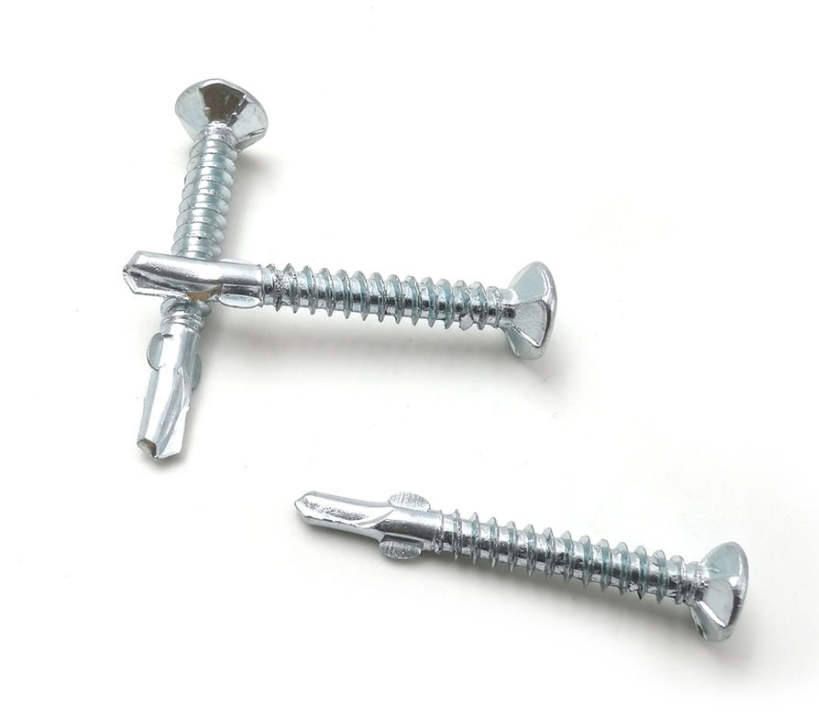serrated spring washer
The Importance of Serrated Spring Washers in Mechanical Engineering
Serrated spring washers, often overlooked in discussions about mechanical components, play a crucial role in a wide variety of applications across multiple industries. These washers are designed to provide a reliable locking mechanism and reduce the risk of loosening in bolted connections. In this article, we will explore the structure, functionality, advantages, and applications of serrated spring washers, emphasizing their importance in mechanical engineering.
Structure and Design
Serrated spring washers are typically made from high-quality steel or other durable materials and feature a series of serrations or teeth along their inner diameter. This unique design enhances their gripping capabilities, which is particularly beneficial in dynamic environments where vibrations might cause standard washers to slip or loosen over time. The serrations engage with the surface of the bolt or nut, creating friction that effectively resists loosening.
The geometry of serrated spring washers is engineered to provide optimal performance. When compressed, these washers exert a spring force that allows them to absorb vibrations and impacts, which is critical in preventing mechanical failures. Furthermore, they come in various sizes and configurations, making them suitable for diverse applications.
Functionality
The primary function of serrated spring washers is to prevent fasteners from loosening due to external forces such as vibrations, thermal expansion, and mechanical shocks. When a bolt is secured, the serrated edges of the washer dig into the surfaces of the bolt and the surface underlying it, creating a mechanical lock. This locking mechanism is especially advantageous in high-stress applications where traditional flat washers may fail.
Moreover, serrated spring washers can accommodate minor misalignments in bolted connections, which can occur due to variations in material thickness or surface irregularities
. This flexibility helps maintain the integrity of the joint, ensuring that it remains secure over time.Advantages
serrated spring washer

Using serrated spring washers offers several advantages. Firstly, their ability to prevent loosening greatly enhances the reliability and safety of mechanical structures. In industries such as automotive, aerospace, and construction, where failures can lead to catastrophic outcomes, the importance of secure connections cannot be overstated.
Secondly, serrated spring washers can help prolong the lifespan of bolted joints. By minimizing the effects of vibrations and other external forces, these washers reduce wear and tear on both the fastener and the connected components. This results in lower maintenance costs and fewer instances of component failure.
Additionally, serrated spring washers are easy to install and require no special tools, making them a practical choice for engineers and technicians. Their versatility allows them to be used in a wide range of applications, from small machinery to large industrial equipment.
Applications
Serrated spring washers are utilized in numerous industries and applications. In the automotive industry, they are commonly found in engines, where they help keep critical fasteners secure despite the constant vibrations generated during operation. In the aerospace sector, their lightweight yet robust design makes them ideal for securing components in aircraft, ensuring safety and reliability during flight.
Furthermore, serrated spring washers are used in construction, marine applications, and electrical equipment. Their resistance to corrosion and environmental wear makes them suitable for outdoor and coastal applications, where exposure to harsh conditions can compromise the integrity of standard washers.
Conclusion
In conclusion, serrated spring washers are an essential component in mechanical engineering, offering superior locking capabilities and enhancing the reliability of bolted connections. Their unique design and functionality provide significant advantages over traditional washers, making them indispensable in various industrial applications. As technology continues to advance, the importance of such seemingly minor components will only grow, underscoring the need for engineers to prioritize their use in robust and safe designs.
-
Top Choices for Plasterboard FixingNewsDec.26,2024
-
The Versatility of Specialty WashersNewsDec.26,2024
-
Secure Your ProjectsNewsDec.26,2024
-
Essential Screws for Chipboard Flooring ProjectsNewsDec.26,2024
-
Choosing the Right Drywall ScrewsNewsDec.26,2024
-
Black Phosphate Screws for Superior PerformanceNewsDec.26,2024
-
The Versatile Choice of Nylon Flat Washers for Your NeedsNewsDec.18,2024










